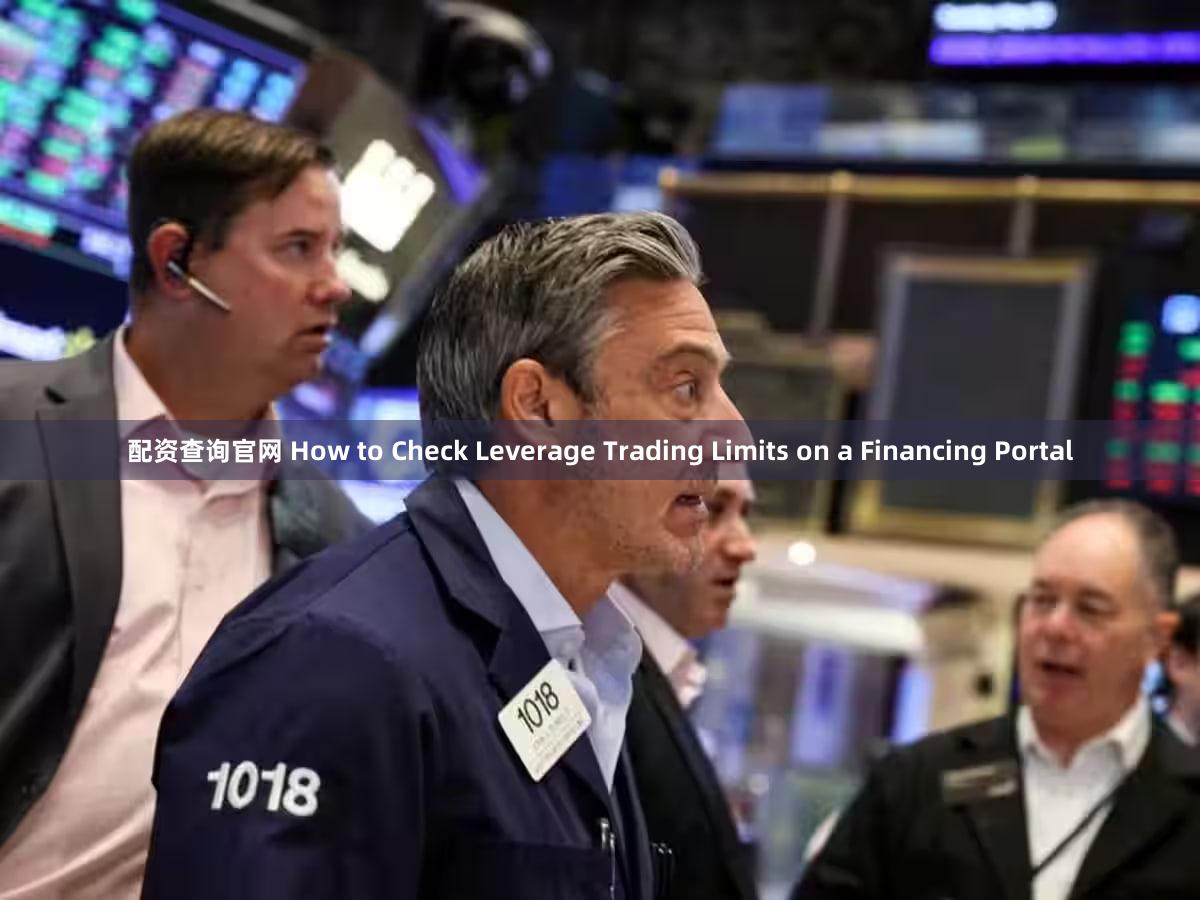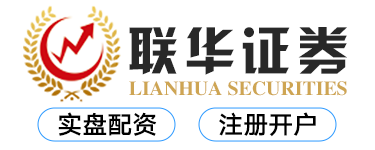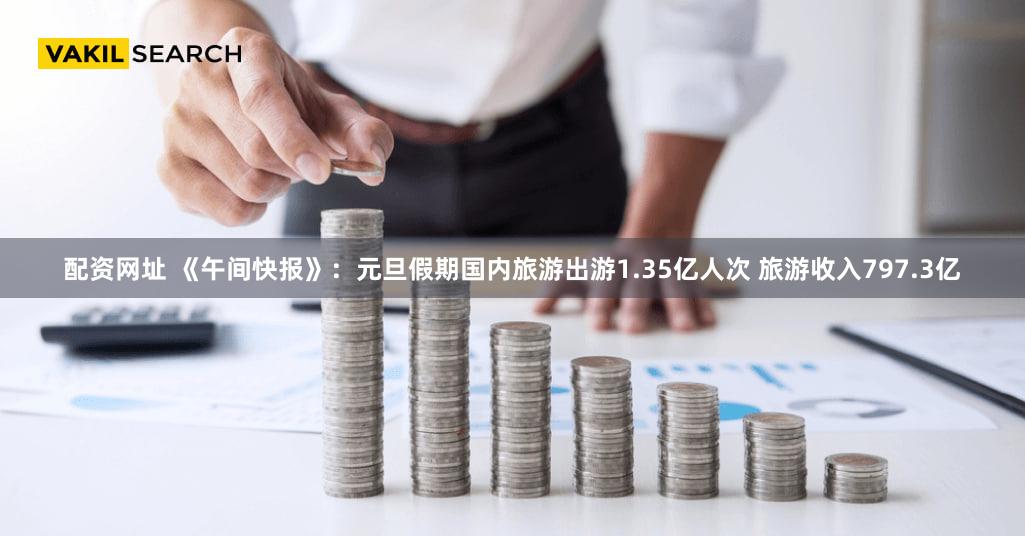
How to Check Leverage Trading Limits on a Financing Portal?
Meta Description: Learn how to easily navigate financing portals to find crucial information on leverage trading limits, avoiding costly mistakes and maximizing your trading potential. This guide provides step-by-step instructions and expert insights.
Unlocking the Secrets of Leverage Trading Limits: A Trader's Guide to Navigating Financing Portals
So, you're ready to dive into the world of leverage trading? Fantastic! But before you jump in headfirst, there's one crucial aspect you absolutely must understand: leverage trading limits. These aren't just some obscure rules buried deep within the fine print; they're the gatekeepers of your trading journey, determining how much you can borrow, the risks you're taking, and ultimately, your potential for both massive profits and devastating losses. Navigating the complex world of financing portals and deciphering their often-cryptic explanations of leverage limits can feel like cracking the Da Vinci Code. But fear not, fellow trader! This comprehensive guide will equip you with the knowledge and strategies to confidently uncover these crucial parameters and make informed trading decisions. We'll explore different financing portals, dissect their interfaces, and provide practical tips to help you avoid common pitfalls. Think of this as your personal cheat sheet to unlocking the secrets of leverage and maximizing your trading potential. Get ready to transform your trading approach from hesitant to heroic! Let鈥檚 get started, shall we?
Understanding Leverage Trading Limits
Leverage, often expressed as a ratio (e.g., 1:5, 1:10, or 1:20), essentially allows you to control a larger position in the market than your actual capital permits. It鈥檚 a double-edged sword: it can amplify your profits, but it can also magnify your losses. This is where understanding trading limits becomes paramount. These limits, imposed by the brokerage or financing platform, are designed to protect both you and the platform from excessive risk. They vary wildly depending on several crucial factors including:
- Your account type: Professional accounts often have higher limits than retail accounts, reflecting a higher assumed level of trading knowledge.
- The asset class: Trading highly volatile assets like cryptocurrencies usually comes with stricter limits than trading more stable assets like bonds.
- Your trading history: Consistent profitability and responsible risk management can sometimes lead to increased limits. Think of it like building trust with your financing partner!
- Market conditions: During periods of heightened market volatility, platforms might temporarily reduce leverage limits to mitigate risks. This is a critical consideration.
Ignoring these limits can lead to margin calls 鈥?a dreaded situation where you're forced to deposit more funds to maintain your open positions or face liquidation of your assets. Ouch! That鈥檚 why mastering the art of finding and interpreting these limits is non-negotiable.
Locating Leverage Limits on Different Financing Portals
The exact location of leverage limit information varies significantly across different financing portals. There's no one-size-fits-all answer, but here's a breakdown of common places to look:
1. Account Settings: Most platforms display your trading limits within your account settings or profile section. Look for terms like 鈥渓everage,鈥?鈥渕argin,鈥?鈥渢rading limits,鈥?or 鈥減osition sizing.鈥?/p>
2. Trading Platform Interface: Many trading platforms display available leverage directly within the trading interface itself. Before placing a trade, check the details to see the maximum leverage allowed for the specific asset you are trading.
3. Terms and Conditions: While not the most user-friendly approach, the platform's terms and conditions often contain detailed information about leverage limits and margin requirements. This is your last resort, not your first!
4. FAQs and Help Center: Reputable platforms usually have a comprehensive FAQ section or a dedicated help center addressing common queries about leverage and trading limits. This is a great place to start your search.
5. Customer Support: If you're struggling to find the information yourself, don't hesitate to contact customer support. They are there to help, and this is a crucial question!
A Step-by-Step Guide: Finding Leverage Limits on a Hypothetical Portal "TradeSmart"
Let鈥檚 assume we're using a hypothetical portal called "TradeSmart." Here's a step-by-step guide illustrating how you might locate leverage limits:
- Log in: Access your TradeSmart account.
- Navigate to Account Settings: Look for a section typically labeled "Account," "Profile," or "Settings."
- Find Trading Limits or Margin: Within the account settings, search for subsections related to trading limits, margin requirements, or leverage.
- Check Specific Asset Limits: Some platforms display general leverage limits, while others specify limits for individual asset classes.
- Review the Fine Print: Take your time to read any accompanying explanations or warnings related to the leverage limits.
Common Mistakes to Avoid
-
在线炒股配资
- Ignoring the limits: This is the cardinal sin of leverage trading. Ignoring limits can lead to forced liquidations and significant financial losses.
- Overestimating your risk tolerance: Leverage amplifies both wins and losses. Always trade with amounts you can afford to lose.
- Not understanding margin calls: Know what a margin call is and what to do if you receive one. Procrastination can be costly!
- Failing to understand the platform鈥檚 policies: Carefully review the platform's terms and conditions related to leverage trading.
- Not diversifying your portfolio: Don't put all your eggs in one basket, especially when using leverage.
Leverage Trading: Risk Management is Key
Leverage trading offers the potential for substantial profits, but it also carries significant risks. Effective risk management is essential. Here's a table summarizing some key risk management strategies:
| Strategy | Description | |------------------------------|----------------------------------------------------------------------------------| | Position Sizing | Carefully determining the size of your trades to limit potential losses. | | Stop-Loss Orders | Setting automatic orders to close a position when it reaches a predetermined price. | | Diversification | Spreading your investments across different assets to reduce overall risk. | | Regular Portfolio Reviews | Regularly assessing your portfolio鈥檚 performance and making adjustments as needed. | | Thorough Research | Conducting extensive research before making any trading decisions. |
Frequently Asked Questions (FAQs)
Q1: What happens if I exceed my leverage limit?
A1: You'll likely receive a margin call, requiring you to deposit more funds to maintain your open positions. Failure to do so could lead to the liquidation of your assets.
Q2: Can I change my leverage limit?
A2: Some platforms allow you to adjust your leverage limits, but this may depend on your trading history and the platform's policies. Contact your broker to find out.
Q3: How do leverage limits affect my trading strategy?
A3: Understanding and respecting your leverage limits is critical for developing a sustainable trading strategy that minimizes risk. It dictates your position sizing and overall risk exposure.
Q4: What are the benefits of lower leverage limits?
A4: Lower leverage limits generally reduce your risk but also limit potential profits. It's a balance between risk and reward.
Q5: Are leverage limits the same across all platforms?
A5: No, leverage limits vary significantly across different financing platforms. Each platform has its own risk management policies.
Q6: Where can I find more information about responsible leverage trading?
A6: Many financial websites and educational resources offer information on responsible leverage trading and risk management. Your broker may also offer educational materials.
Conclusion
Successfully navigating the world of leverage trading hinges on a thorough understanding of leverage limits. By carefully researching and understanding your platform's policies, you can make informed decisions and mitigate potential risks. Remember, leverage is a powerful tool, but it's crucial to use it responsibly. Don't let the thrill of potential profits overshadow the importance of sound risk management. Happy trading!
文章为作者独立观点,不代表财盛证券观点






